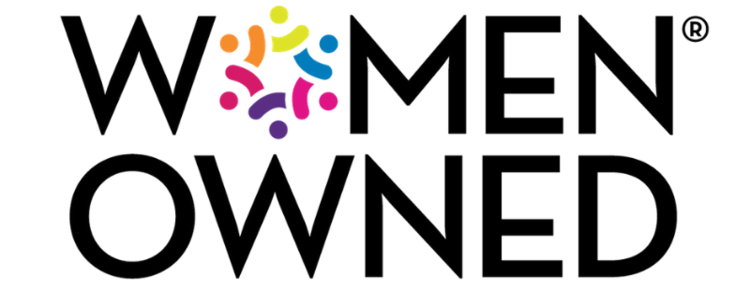
English is the language of international business. However, people who learned English as a second language often have difficulty understanding native speakers. Idiomatic expressions and figurative language in writing can lead to misunderstandings. I doubt “big cheese” translates to “the boss” in very many languages. The point is to be understood, right?
For this reason, former IBM vice president Jean-Paul Nerriere developed Globish . This language includes 1,500 English words and uses only simple, typical constructions. No jokes or idiomatic expressions allowed. And for good reason: KFC’s slogan “finger-lickin’ good” was translated to Chinese as “eat your fingers off.” (For a laugh, you can read other unfortunate translations here .)
Obviously, using clear, direct language with non-native speakers enhances understanding. However, even with other fluent English speakers, jargon-y language can get you in trouble. Overused clichés annoy readers and colleagues. “Think outside the box” and “give it 110%” will more likely cause grumbling and derision than inspire innovation and creativity.
Just keep it simple and direct when it comes to figurative language in writing. When you use effective language, your colleagues across the ocean or down the hall will thank you.
What business writing language do you find the most overused or annoying? Is it on this list , or do you have another one? Let us know!
Hurley Write can help your figurative language be clear and effective when it comes to your language in business writing, even if English isn't your first language.


